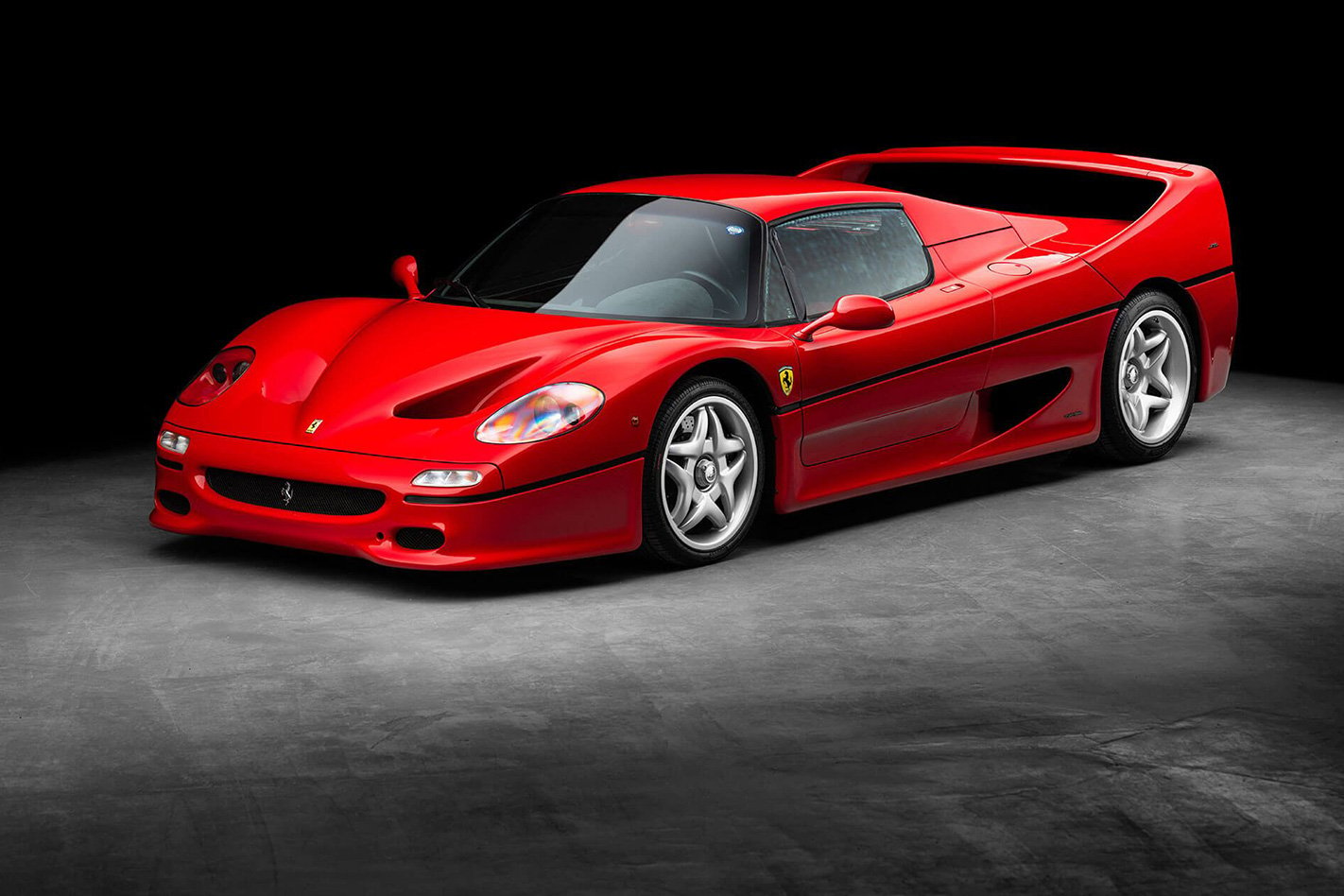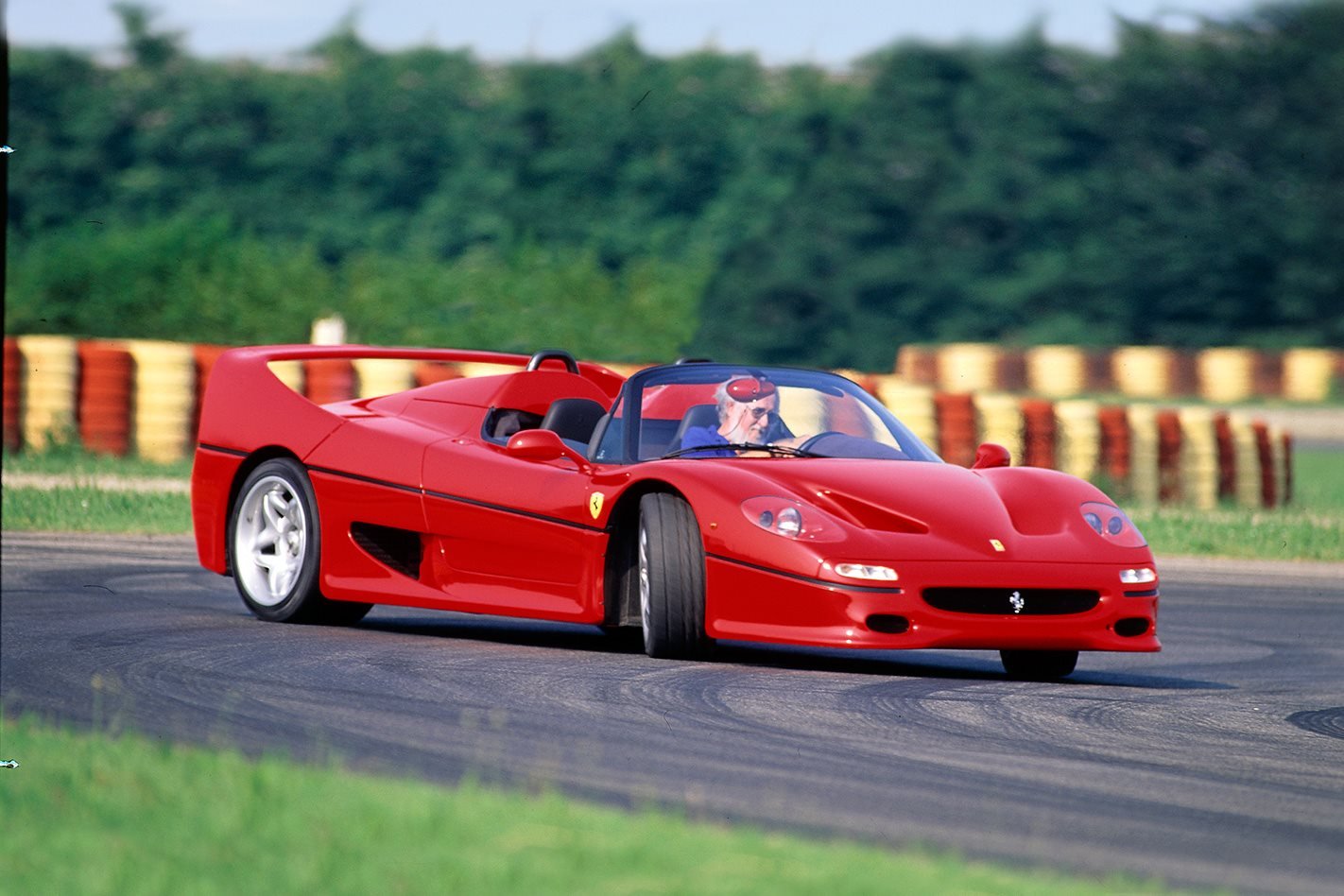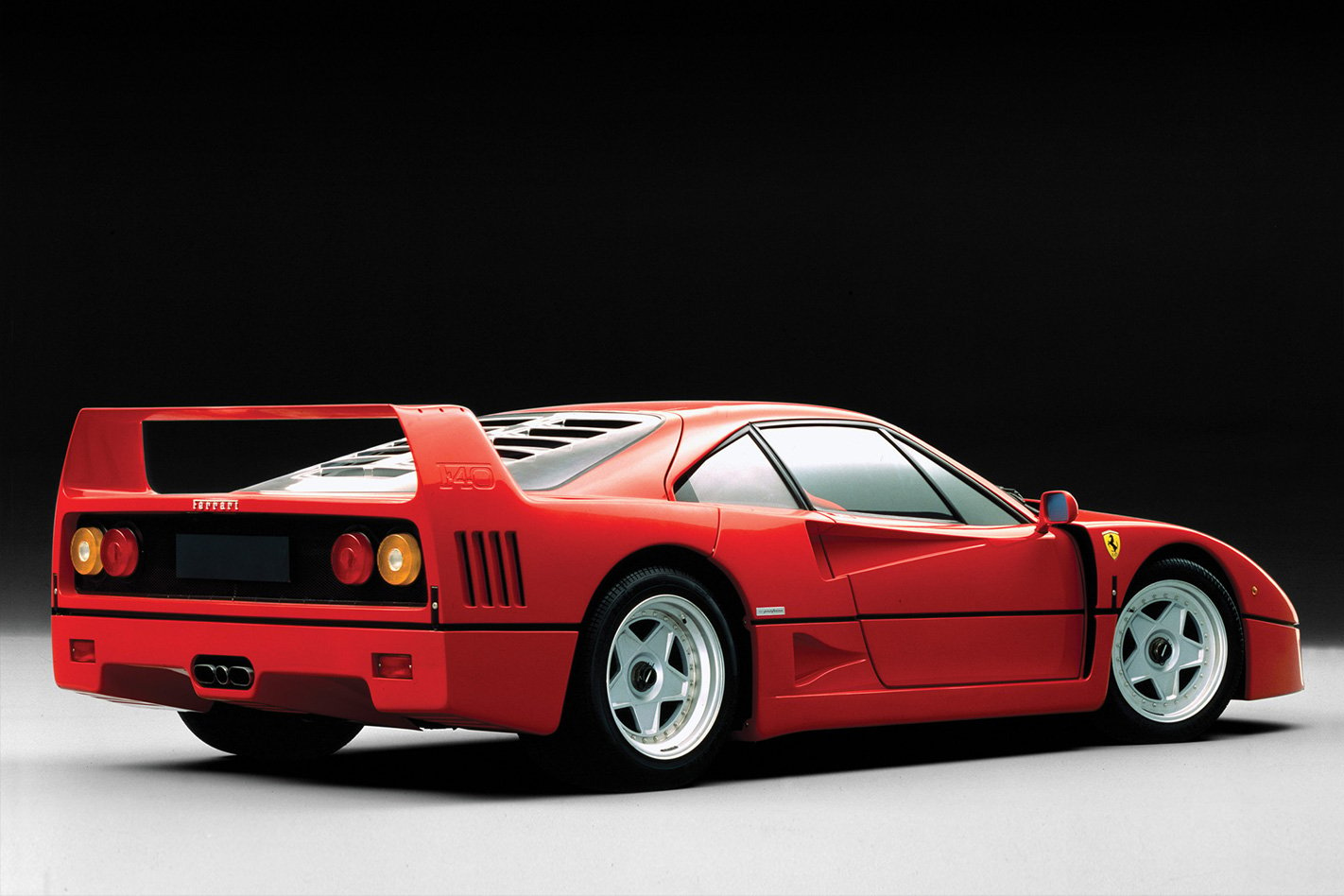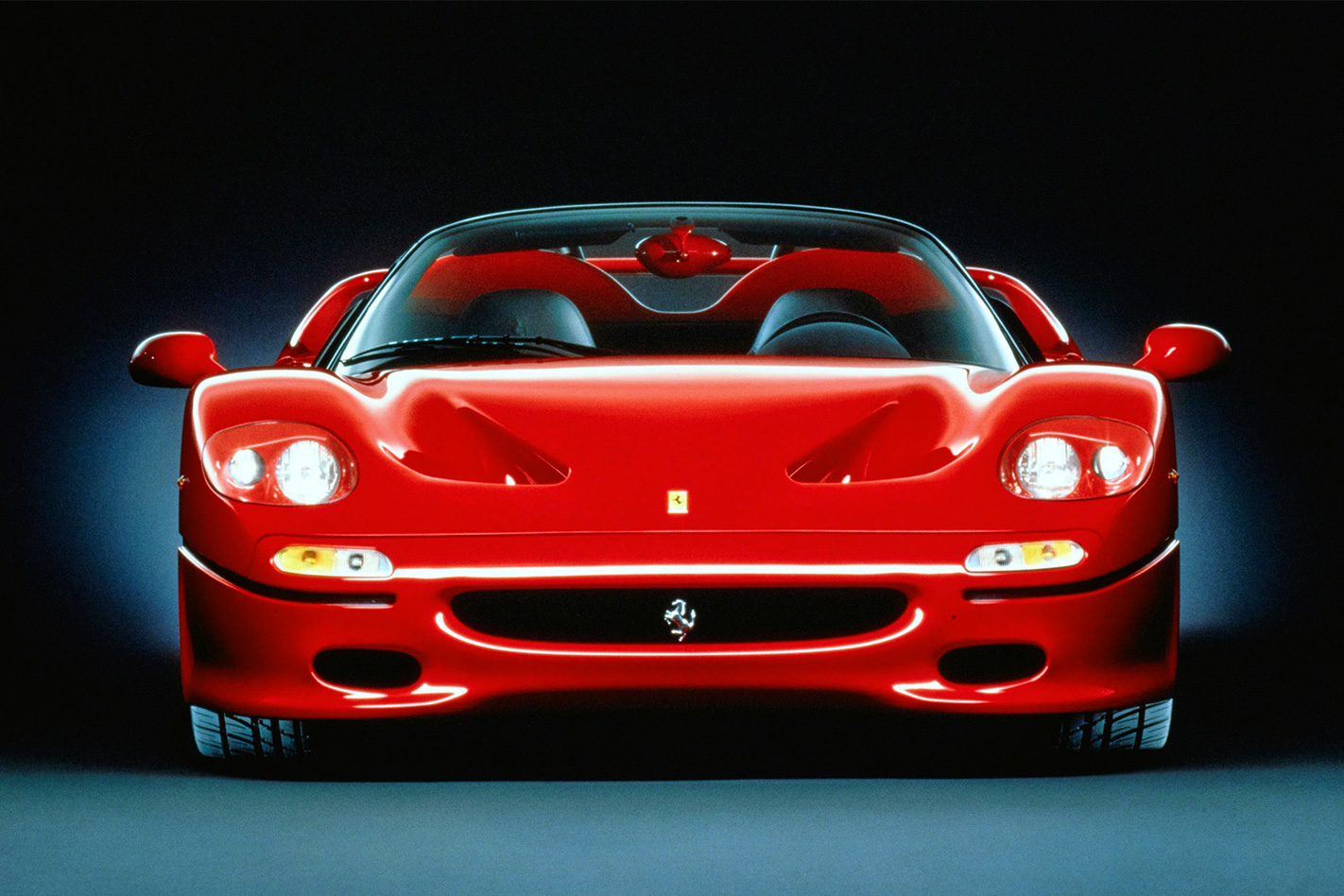Just rarely, a car is launched that is so revered that it creates a huge headache for its manufacturer. We examine 10 instances where car makers asked “how the hell do we replace this?”
Ferrari F50 | 1995-1997
If building a Ferrari-badged supercar was a pick-your-own-adventure novel we’d wager that when it came to engine choices nine out of 10 people would opt to mid-mount a 4.7-litre atmo V12 based off an F1 design directly to the chassis, instead of a twin-turbo 2.9-litre V8.
It is perhaps confounding then, that the bent-eight F40 is more lauded by parts of the car community than the spiritually pure F50. Confounding, but understandable. The Ferrari F40 has been placed on the highest of pedestals since its inception.
There are also dynasty dynamics at play. The F40 was the last Ferrari that was created and launched under the purview of company founder Enzo, who died just over a year after it was first shown to the world.

Meanwhile, the F50 was an idea generated by his second son, Piero Ferrari, who wanted a road car with certain F1 genetics to celebrate the company’s 50th anniversary.
To do this Ferrari took the engine block from an old F1 car, tweaked it to 4.7 litres, and mounted it directly to the road car’s carbon monocoque. The result was, quite literally, spine tingling. Power was rated at 382kW, and with a six-speed manual gearbox (paddle shifters were still in their infancy), the F50 could crack 100km/h from a standstill in 3.9sec. F1-inspired additions didn’t simply stop with the engine being a stressed member of the car’s construction – the pushrod suspension is mounted to the gearbox, and the brakes were entirely unassisted.

Despite heavy use of carbon fibre in the chassis design, the F50 weighed in at 1397kg, hefty for the time. This was in part due to the ‘iron block’ V12, which also resulted in 58 per cent of the weight being over the rear axle. Gun-shy after creating the fearsome and frightening F40, Ferrari’s chassis engineers built a sniff more understeer into its new V12 hero.
All of that combined into a driving experience that, for more timid souls, belied the F50’s brilliance. Journalists at the F50s launch were left so disappointed that folklore has it all bar one scribe left Maranello at lunchtime.
The sole body remaining was legendary editor of sister title Wheels, Peter Robinson, who unearthed the secret to unlocking the F50’s potential when he was granted free reign of the Fiorano test track for the afternoon.

“After learning to stay between 5000-8500rpm, I discovered it was possible to get the F50 so far sideways that the steering was against the stops on opposite lock. I balanced the Ferrari on the throttle, lifting to alter the drift angle to tighten the line, never fearful of an abrupt oversteer snap,” he wrote.
Despite its racing car heritage, the F50 never become one itself. Three prototypes were built, in partnership with Dallara and Michelotto, but the F50 GT project was scrapped with Ferrari diverting the cash back towards F1.
F40s aren’t cheap, but they are plentiful with 1315 built. Comparatively just 349 F50s ever left Maranello, and you’ll need three times the cash to buy one. Worth remembering next time you gawp at the dime a dozen F40.
The Icon: 1987

Italian Minimalist
The F40’s cabin was made as Spartan as possible on purpose, with Ferrari returning fire at critics who bemoaned increasing levels of luxury from Maranello
Three things that the F40 pioneered
1. It was the first car fitted with Pirelli’s P Zero tyres, debuting a kevlar construction 2. The F40 was the first road-legal car capable of smashing through the 200mp/h barrier 3. Composite body panels are common now, but had never been put into production in 1987






